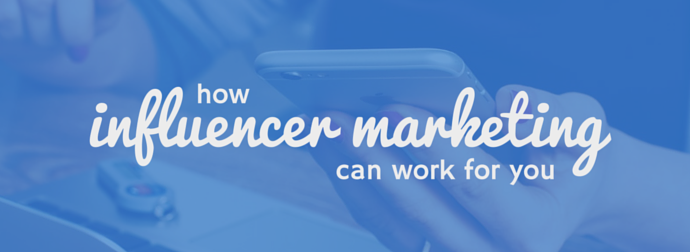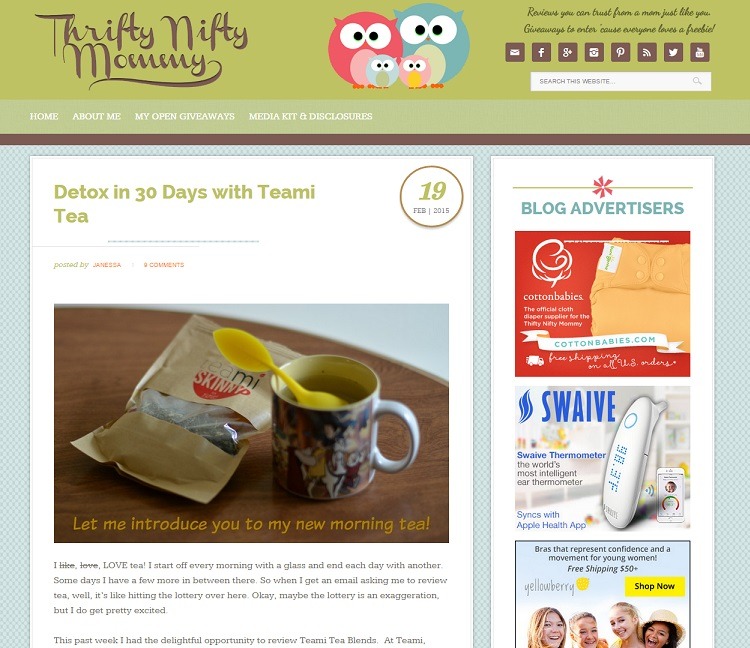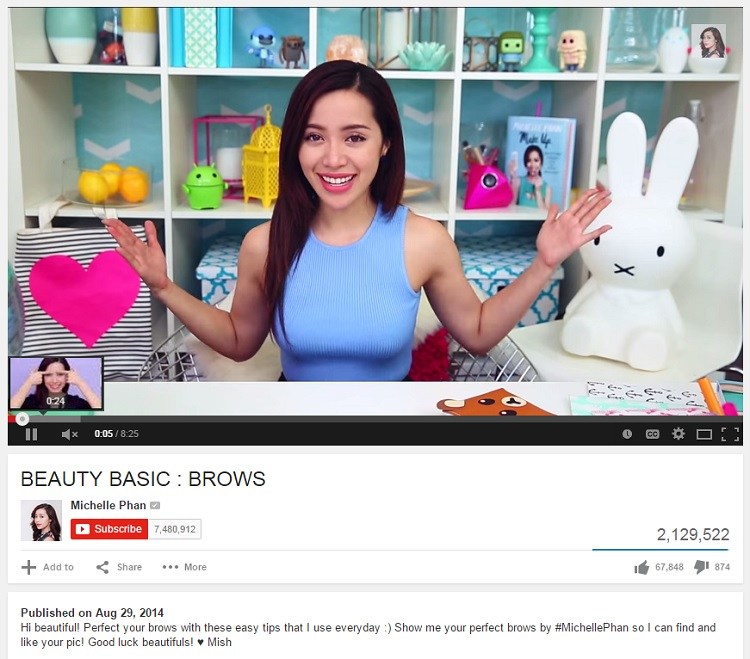-
 15 min. read
15 min. read
-
 Trevin Shirey
Trevin Shirey VP of Marketing
VP of Marketing
- Trevin serves as the VP of Marketing at WebFX. He has worked on over 450 marketing campaigns and has been building websites for over 25 years. His work has been featured by Search Engine Land, USA Today, Fast Company and Inc.
What is influencer marketing?
Influencer marketing is a powerful strategy where brands collaborate with popular individuals, known as influencers, to promote their products or services to a wider audience, resulting in increased brand awareness and potential customer engagement.
Word of mouth is arguably the oldest form of advertising. In its most basic sense, all it really refers to is customers telling other people about businesses, products, and services – both in positive and negative ways.
We’ve come a long way in marketing, and are no longer simply telling consumers about products. But does that mean that word of mouth should be disregarded as an advertising tactic?
Definitely not. With the ever-growing popularity of social media, consumers have the ability to share their opinions on brands and products with very little effort.
And if you go about it wisely, your business could harness this power and use social media influencer marketing to share information in a way that is seen as trustworthy by potential customers.
What is influencer marketing?
Influencer marketing essentially means asking people whose opinions are trusted and valued by other consumers to share your message.
It is a popular marketing trend where your business partners with an influencer so they can promote your brand to their followers.
Influencer marketing strategies can yield a high return on investment (ROI) and establish your brand quickly if the influencer has a large or very engaged fanbase.
But to fully understand why it is a valuable marketing strategy, it is important to recognize the impact of word of mouth, and why it is particularly effective from certain people.
Word of mouth advertising
Consumers value opinions that are expressed directly to them by people over advertising messages delivered by companies.
According to a study by McKinsey, this value is so strong that word of mouth is the primary factor behind 20 to 50 percent of all purchasing decisions. This is true across all industries, but the influence of other consumers is greatest when:
- consumers are buying a product for the first time, and
- when they are considering an expensive product
The same study also showed that consumer-to-consumer word of mouth generates more than twice the sales of paid advertising, even when it is marketing-induced.
This means targeting smaller numbers of consumers can create a more effective advertising strategy, as long as those consumers pass along information about your company.
When you think about it, all of this makes perfect sense. Marketers can spend millions of dollars on ad campaigns, but will never attain the same level of consumer trust as other consumers.
People see through blatant marketing and know that ultimately, most companies’ main goal is to make money.
What are the advantages of influencer marketing
Influencers get their title for a reason. Prominent content creators can influence the brands their followers purchase, where they vacation, the services they use, how they dress, and what they eat, listen to, and watch!
Apart from impacting what their followers purchase, partnerships with influencers offer other fantastic benefits, too:
- Influencer recommendations are a powerful tool as influencers have their audience’s trust.
- Influencers quickly build brand awareness.
- Influencers market content in a relatable way (e.g., unboxing your product and testing it while they vlog).
Harnessing the power of influential consumers
The best way for brands to gain consumer trust is through “influential” consumers. In the same McKinsey study, researchers determined that 8-10% of consumers are “influential,” meaning that they have a far reach and are viewed by other consumers as credible and trustworthy.
Their assessments of products and brands have four times more impact on consumer purchasing decisions than other consumers.
According to KISSmetrics, influencers’ content that is reposted on brands’ social media outperforms the brands’ own content by an average of 10 times.
So now that you know what is social media influencer marketing, reaching out to these people is clearly a good investment of your time and money. But who are they? Contrary to what you might think, the influence of an individual is not simply determined by their prominence.
Although celebrities are popular spokespeople – and certainly get a lot of attention – they are not ideal for influencer marketing.
Consumers trust recommendations from people they can relate to, and wealthy television stars and famous athletes do not fall into that category.
Instead, some of the people with the most influence consumer purchasing habits today have a primarily online presence. This is especially true of bloggers, whose readers look to them as knowledgeable figures on their specific topics and authentic sources of information.
The parenting blog Thrifty Nifty Mommy is a great example of this. It is run and written by a group of parents that use their reach and credibility to help other parents make informed purchasing decisions.
In this post, the writer reviews a brand of tea.
Although it is not directly related to parenting, readers who are familiar with this writer know that she often drinks tea and are likely to see her as a reliable source of information on the subject.
She makes it perfectly clear that the company sent her a free sample of their product, and writes the review in a candid manner.
This is an effective way for the brand to generate awareness, and also provides them with an honest opinion that consumers will likely trust.
Influencers on social media
Aside from bloggers, social media users with large followings are arguably some of the most influential people today in the realm of influencer social media marketing. For almost every imaginable subject or interest, there are a few users who others look to as experts.
These people have thousands – sometimes even millions – of followers, but are still viewed as relatable.
The rise of influencer marketing on social media has truly transformed the way people gain prominence on platforms like Instagram. Users who post food, photography, and fashion-related material do particularly well, but almost anyone can get fame on the platform as long as their photos are interesting.
One example of this is German fitness enthusiast Melina Esmeralda. She started her account in 2012 as a way to track her weight loss, and slowly gained a following of others interested in fitness.
Now she has almost 100,000 followers. She posts photos of herself, her food, and her workouts on a daily basis.
She receives free products from workout clothing and supplement brands in exchange for photos of their products on her account.
The most notable of these is FitnessGuru. The supplement brand frequently sends its One Whey powder to influential fitness Instagram users, which allows them to reach potential customers.
There are now thousands of photos of their product on the platform, and the majority of them are posted by users with thousands of followers who respect their opinions. 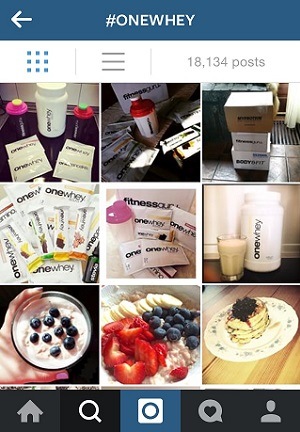
If you want to partner with an Instagram influencer, read more on how to find Instagram influencers.
YouTube
Influencer marketing works very similarly on YouTube, and one strategy that has gained popularity is social media influencer marketing.
There are many users who have built huge subscriber lists by regularly posting funny or informative videos, and one who has been particularly successful is Michelle Phan.
She has been posting makeup and beauty tutorial videos on YouTube since 2007, and has a following of 7.5 million viewers.
In this video, she shows her viewers how to apply eyebrow makeup.
Considering that it has well over 2 million views, it makes sense that beauty brands regularly send her free samples to try.
Not many companies have ventured into working with influential Pinterest users, but that doesn’t mean that it can’t work. Influencer marketing on the platform works much like Instagram and YouTube.
However, it’s important to note that the vast majority of Pinterest’s content is food and DIY, so products in these categories have a much better chance of success.
One of the first brands to recognize the potential of influencer social media marketing on Pinterest was Ritz. When they released their Fresh Stacks Crackers, they recruited popular pinners to create snack recipes with them.
Then they pinned the recipes on their own “Fresh Stacks” board.
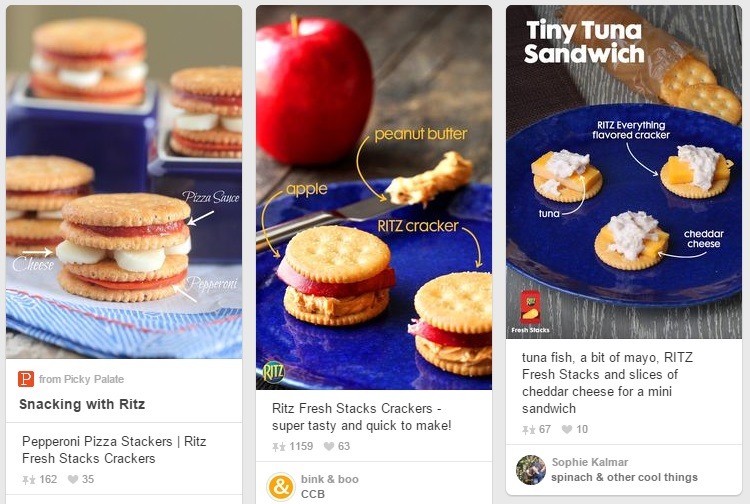
Using influencer marketing for your brand
So how can you connect with influential consumers and get them to promote your products or services? The first step is to identify influential people who are right for your brand.
Choose a platform
First, start by choosing what platform’s influencers you want to work with. This will depend on your product, but you will have a much easier time determining who to reach out to once you limit yourself to bloggers, Instagram users, and so on.
Identify users
Once you’ve chosen a platform, look for users who have large followings and post material related to your products.
Search for hashtags related to your industry, and do a Google search for lists of popular users that are similar to your target audience.
Look for users who already talk about products or brands similar to yours on their account, and if you can find someone who has specifically referenced your company in the past, you should definitely consider contacting them.
Keep in mind that you want to find users who would realistically discuss your product even if you had not specifically asked them to.
Your brand should seem like a natural partner for them. This is not to say that you should ask influencers to hide the fact that you compensated them in some way, which would ruin their followers’ trust and defeat the purpose entirely, but that you should only contact users to whom your company is relevant.
For example, if you contact an Instagram user with a popular fashion account to promote your new line of sunglasses, you’re on the right track. If you contact a food blogger with the same idea, probably not.
Relationship with followers
When considering reaching out to a user regarding your company, it’s crucial to delve into their approach to influencer marketing on social media.
Before you initiate any communication, take a moment to assess how they engage with their followers.
Influence is not just determined by follower count, but by relationships. This is arguably the most important characteristic of an influencer.
Do they respond to their followers’ comments? Do they take their suggestions for posts or products?
Users who interact with their followers and respond to questions and comments come across as more down to earth, and build real relationships with those who look up to them.
This is much more effective for driving action that simply having high follower counts.
Users with many followers can raise awareness of your brand, but without the element of trust, those followers are not nearly as likely to make purchases.
Contacting influencers
Now that you’ve identified the right people to spread information about your product, you can contact them about sharing it with their followers.
Be up front about what exactly it is that you are asking them to do, and be willing to discuss compensation. Many bloggers and social media users will be happy to review your product or post photos in exchange for free samples.
If not, be careful with monetary compensation. You do not want to bribe influencers into endorsing your product, and you definitely don’t want them to post dishonest opinions.
Give the influencer control
Although you may be afraid to let someone promote your product free of guidelines or restrictions, let the influencers decide how they want to present your material.
They know their audiences, and they know what their followers like. Flawless images and well-crafted language are great for traditional advertising, but do not have an authentic feel.
Let Instagram users post photos taken on their iPhones instead of professional cameras, and let bloggers preface your product reviews with a personal stories from their days. Essentially, you want to let them be as open, honest, and human as possible.
These are the characteristics that make word of mouth so powerful, and the voice of the consumer should not be underestimated.
I hope this has helped you learn more about what influencer marketing is, how to use it, and the best practices you should follow.
10 steps for building an influencer marketing strategy
Discover how to build an influencer marketing strategy for a successful campaign with these 10 actionable tips:
1. Know the different influencer types
There are different types of influencers based on their number of followers, but their engagement and resonance with followers also vary.
- Mega — These influencers have 1 million followers or more, but they cater to a broad audience that may not be the most engaged. Think of actors, musicians, and famous athletes. Corporate entities with large budgets and resources, big companies that want to target diverse demographics and high-end brands might partner with Mega-influencers.
- Macro — Macro-influencers have 100,000 to 1 million followers with more in common. These influencers build a curated brand with a niche focus on food, travel, gaming, fashion, or family vlogs. Startups looking for reach and exposure or companies targeting a niche can pair with Macro-influencers.
- Micro and Nano — Influencers with 10,000 to 100,000 followers qualify as Micro-influencers, and Nano influencers have fewer than 10,000. Both produce niche content and have an engaged audience that enjoys authentic and personable content.
2. Define your campaign goals
Set the primary goal of your influencer partnership. Are you looking to drive sales? Do you want a large online market when you launch?
Is the strategy to increase brand awareness? Would you like more people to download your app? Do you want to build your own social media presence?
Defining the goals of your campaign will carve a path forward for the best influencer, content, and strategy to attain those goals.
3. Define your audience
Arguably, the most essential marketing strategy is knowing and understanding your audience. Knowing your primary audience and defining which segment of that audience or which new market you would like to engage in is vital to setting up your influencer strategy.
This helps you establish a strong partnership with an influencer in the same demographic as your intended audience.
4. Set a budget
Consider these key points when you set your budget for an influencer marketing strategy:
- How widely will you distribute the campaign (which type of influencer you work with and their reach will directly impact the fee they can require)?
- How do you intend to compensate the influencer you partner with? Will you offer free products and services or a cash sum?
- What are the costs of the resources needed to create the content for your collaborative campaign? Will you offer discount codes, free products for the first 100 who subscribe, and items the influencer will need for the campaign?
5. Select your platform
Different social media platforms cater to different audiences, so knowing which platform can achieve targeted reach for your campaign is vital. Facebook is still the biggest platform by number of users, followed by YouTube, but that doesn’t necessarily mean that either is the best platform for your campaign.
Do you want to target professionals over 40? Choose LinkedIn for your campaign.
Is your target audience young females? TikTok is the right platform!
6. Narrow in on influencers and reach out personally
You can narrow down the suitable influencers you would like to partner with after you have defined your goals, budget, and platform.
Once you have a reasonable list of influencers, contact them personally. Discussing the partnership over a video call and meeting in person, if possible, helps establish an authentic connection. Reaching out to influencers personally gives both you and the influencer a chance to determine if the partnership is a good fit.
7. Choose your campaign type
Explore the different types of marketing avenues you can implement into the campaign with an influence. Some ideas include:
- Sponsored content
- Affiliate links
- Discount codes
- Giveaways
- Brand ambassadorships
8. Collaborate to create your campaign
The connection is established. You and an influencer have agreed to partner, and the work and fun begin. Of course, you should have a clear vision for the type of content backing your campaign.
But it’s an excellent idea to ask the influencer for their take.
After all, they are content creation experts and understand their followers better than anyone!
9. Promote your campaign
All that’s left to do now is to promote your new partnership!
Head to your brand’s social media platforms to promote the campaign, and create a blog post on your website to generate interest.
10. Track the campaign’s success
Analyze the campaign to see if you are on track with expectations and goals. You want to go through the data to see if your influencer campaign is tracking the same or better than your non-influencer content. Do you note a good ROI?
Is there an increase in your web traffic, engagement, and conversions?
Of course, measuring the success of the campaign based on the data is vital, but also check in with the influencer to note their experience and that it was positive and successful for them, too.
Enjoy data-driven marketing services with WebFX
Are you ready to implement an influencer marketing plan for your brand?
WebFX is a leading marketing agency that partners with your brand to drive results. We create personalized influencer marketing strategies to grow your business, expand your brand awareness, and increase your revenue.
Start building your marketing strategies by requesting a proposal, or call us at 888-601-5359 to speak to a marketing specialist today!
-
 Trevin serves as the VP of Marketing at WebFX. He has worked on over 450 marketing campaigns and has been building websites for over 25 years. His work has been featured by Search Engine Land, USA Today, Fast Company and Inc.
Trevin serves as the VP of Marketing at WebFX. He has worked on over 450 marketing campaigns and has been building websites for over 25 years. His work has been featured by Search Engine Land, USA Today, Fast Company and Inc. -

WebFX is a full-service marketing agency with 1,100+ client reviews and a 4.9-star rating on Clutch! Find out how our expert team and revenue-accelerating tech can drive results for you! Learn more
Try our free Marketing Calculator
Craft a tailored online marketing strategy! Utilize our free Internet marketing calculator for a custom plan based on your location, reach, timeframe, and budget.
Plan Your Marketing Budget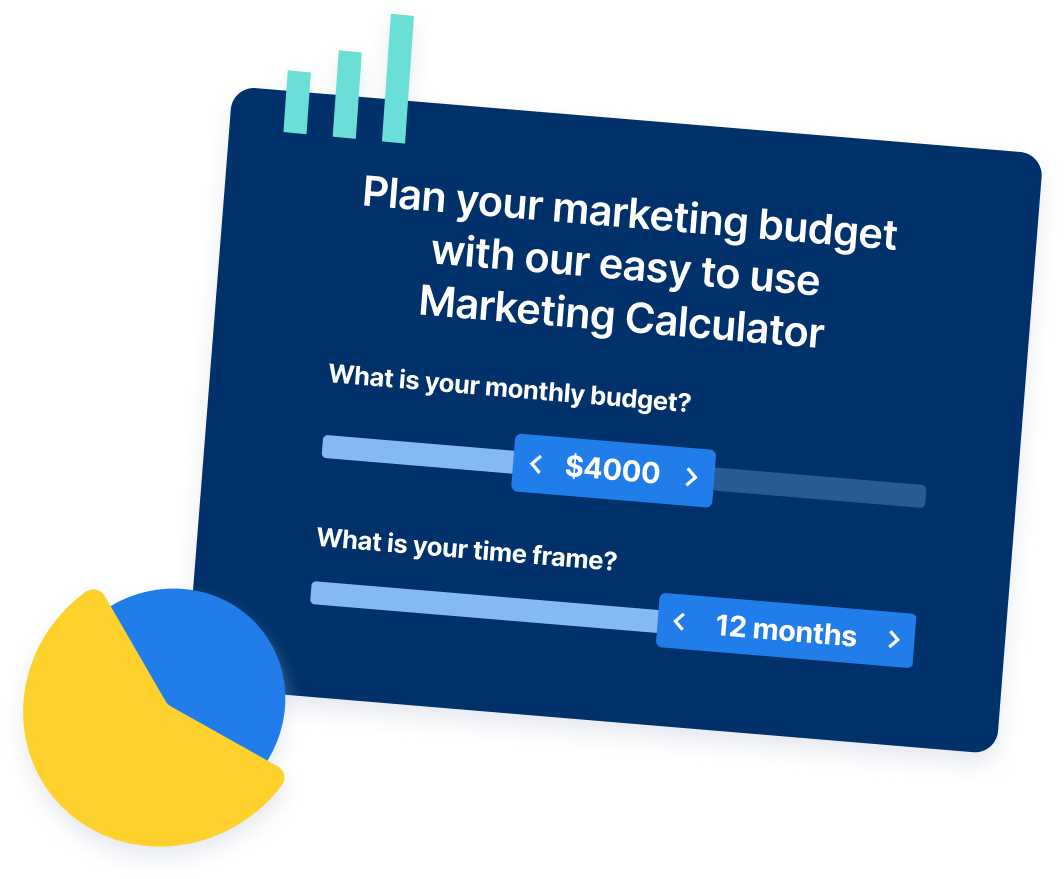
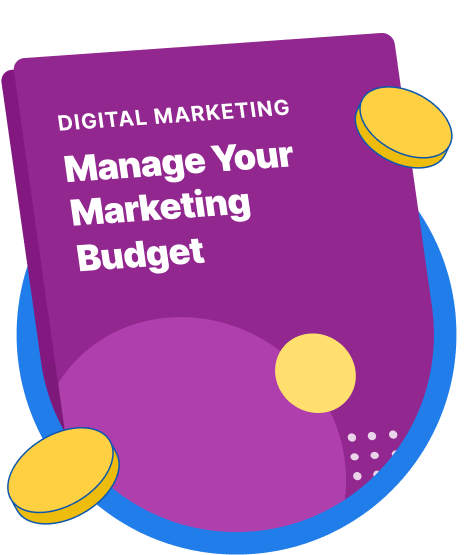
Maximize Your Marketing ROI
Claim your free eBook packed with proven strategies to boost your marketing efforts.
Get the GuideTry our free Marketing Calculator
Craft a tailored online marketing strategy! Utilize our free Internet marketing calculator for a custom plan based on your location, reach, timeframe, and budget.
Plan Your Marketing Budget

